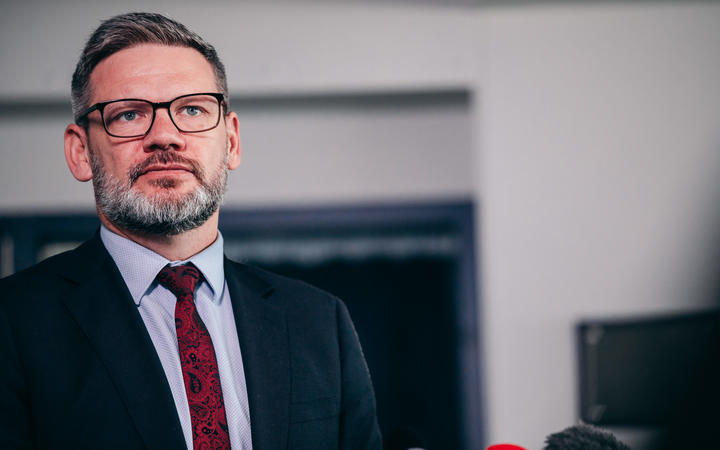Cabinet papers show the government rejected UN recommendations on increased shares of refugees New Zealand takes from Africa and the Middle East.
It also shows the UN's refugee body, UNHCR, has asked the government to start accepting unaccompanied and orphaned children amid continued high refugee numbers from conflict areas.
The government last month announced its three-year refugee programme, dropping a requirement for African and Middle Eastern refugees to have a family link to New Zealand.
It was welcomed as the overturning of a racist policy.
But the Cabinet and ministerial papers show the government rejected UNHCR and MBIE recommendations to take more refugees from Africa and the Middle East and fewer from areas with lower refugee numbers, such as South America and the Asia Pacific.
UNHCR had asked for the proportion of African refugees to rise to a quarter and those from the Middle East to increase to 35 percent to rehome refugees from Syria, Iraq, South Sudan, Somalia, Congo and Eritrea. MBIE officials recommended that option, saying it best reflected the humanitarian intent of the Refugee Quota programme.
But the immigration minister recommended to Cabinet a lower limit of 20 percent each for those regions. The Cabinet settled on its own proportions: 15 percent each, 1 percent more than the proportion since 2010.
That left the Asia-Pacific - which UNHCR estimates accounts for 8 percent of the world's refugees - with half the quota total. The Americas, which has less than 1 percent of the world's refugees, makes up a fifth of the quota.
It is not clear from the papers why the lower proportions were favoured, and by whom.
Immigration Minister Iain Lees-Galloway, who announced the increase from 14 to 15 percent, said it was to "maintain the focus on the Asia-Pacific region to demonstrate regional responsibility sharing".
Security officials had been happy that the regions' refugees posed no greater risk than those from the Asia Pacific or the Americas.
The papers show MFAT warned that old geographical and other criteria had reputational risks.
"It considers there is a risk that New Zealand could be perceived as less welcoming of refugees from the Middle East and Africa regions, which would be inconsistent with New Zealand's response to the Christchurch mosques terror attack and recent international political commitments New Zealand has made with respect to refugees and international responsibility-sharing."
That was echoed by other officials who said New Zealand risked bad publicity because international media outlets were intending to publish articles if changes were not made.
They said proportions should align with global and regional refugee resettlement need and that meant rebalancing help being given to the Asia Pacific and the Americas.
"Global refugee resettlement needs have changed over the past decade," one said.
"Resettlement need is concentrated in the Africa and Middle East regions due to the presence of conflicts resulting in large-scale and protracted refugee situations and refugees with high protection needs.
"In the Asia¬Pacific and Americas regions, durable protection solutions and being developed such as voluntary repatriation and local integration, although resettlement options for refugees in those regions remain important."
The old policy, with its family-link criteria, had seen quota refugee numbers from Africa and Syria plummet to less than 7 percent of New Zealand's intake, compared to UNHCR estimates that they account for two-thirds of the world's refugees.
The documents also show MBIE and the Ministry for Children may conduct further policy work in the next three years on including unaccompanied minors in future refugee intakes.






